By Josh Cosford, Contributing Editor
Every hydraulic hose must first be cut to length before assembly, and one would think all cutting methods are equal. The truth is quite the opposite actually. Any safe, reliable hose assembly requires a perfectly cut hose tip to allow the ends to fit snug before crimping. Any amount of fraying or imprecision prevents full insertion depth and risks premature hose failure.
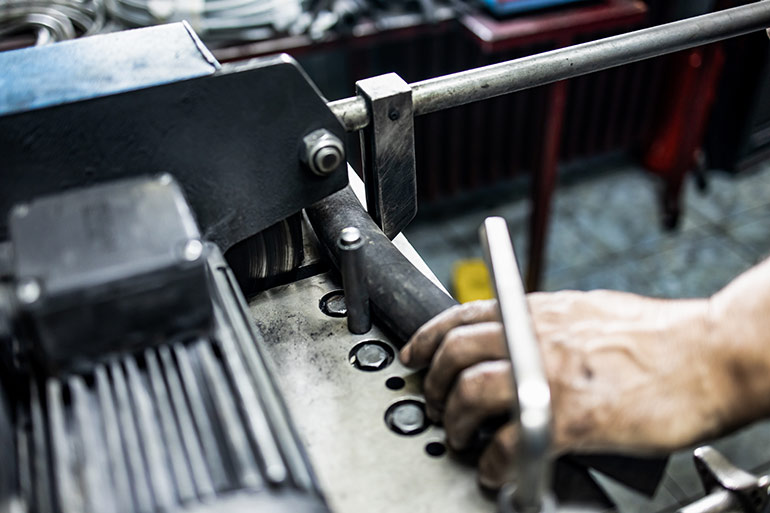 Abrasive cutoff wheels are not suitable for hydraulic hoses, directing far too much friction as it cuts through the cover, reinforcement and tube. In addition, the high friction blade bends and pulls on the wire of the reinforcement as the wheel passes, which frays the wire and in turn damages the polymers surrounding it. Should a handheld cutoff saw employ such an abrasive wheel, you also risk cutting the hose at anything less than a right angle, creating a shape inadequate for hydraulic hose.
Abrasive cutoff wheels are not suitable for hydraulic hoses, directing far too much friction as it cuts through the cover, reinforcement and tube. In addition, the high friction blade bends and pulls on the wire of the reinforcement as the wheel passes, which frays the wire and in turn damages the polymers surrounding it. Should a handheld cutoff saw employ such an abrasive wheel, you also risk cutting the hose at anything less than a right angle, creating a shape inadequate for hydraulic hose.
Indeed, special blades make cutting hose both easy and precise. In most cases, the blades are all metal sharpened very fine. The smooth faces of the metal blade offer low friction to prevent the fraying that occurs with abrasive wheels. A clean, sharp bevelled edge will quickly cut through light-duty hydraulic hose with little smoke. The durable metal blade may be sharpened many times, and high-volume hose shops will stock spares, so production continues when blades are out for sharpening.
For more demanding hose cutting requirements, such as six-wire high-pressure hose, the metal cutting blade should include a form of serration to help cut through the wire yet still not cause fraying. A scalloped finish with its wavy design rips through heavy wall hose with ease and may still be sharpened as with plain bevelled blades.
For high volume cutting of heavy 4- and 6-wire hose, some abrasion in the form of a diamond-coated blade offers superior cutting speed while offering less dust than standard abrasive wheels. Although non-serviceable, these diamond-coated blades are incredibly durable despite their demanding task.
The smooth surface of a metal blade tends to cause the hose to pinch inward, resulting in friction that may cause the blade to stick or even stall the machine. Therefore, special hose cutting machines place an opposing bending action opposite the blade to prevent stiction. These bench-top chop saws range from 7 in. blades to 14 in. blades depending on the size of the hose requiring cutting.

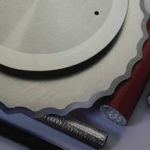

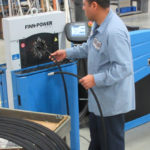
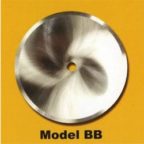
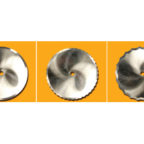
Leave a Reply